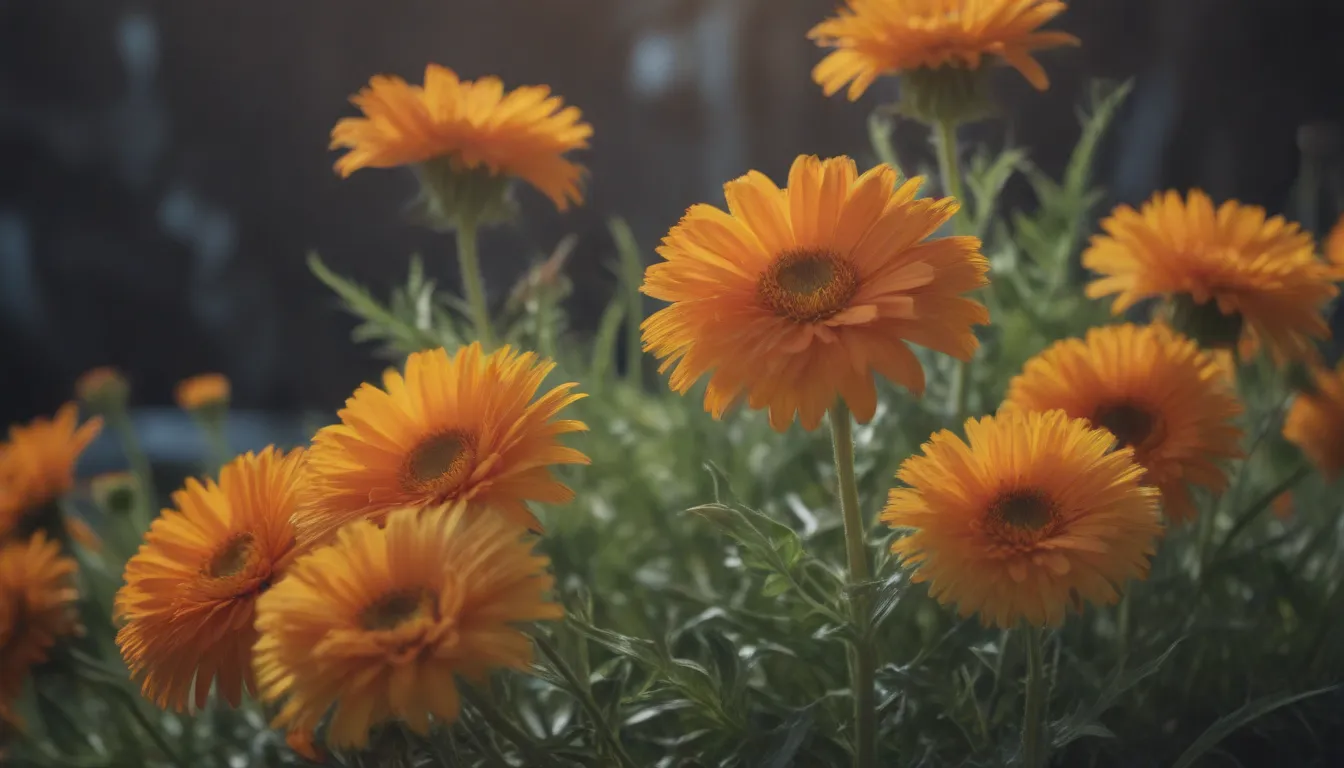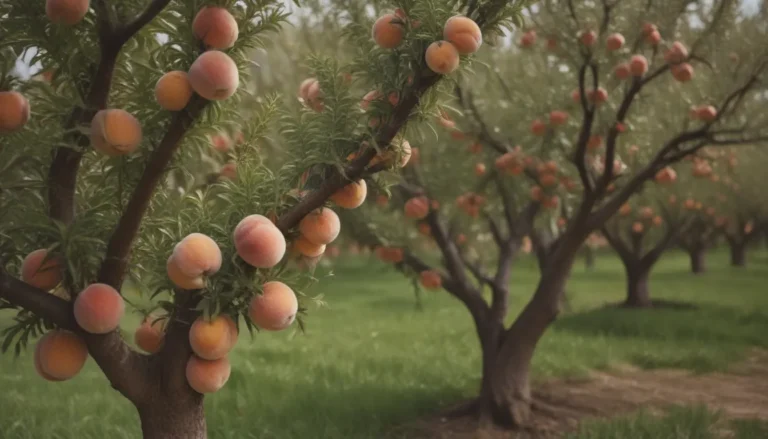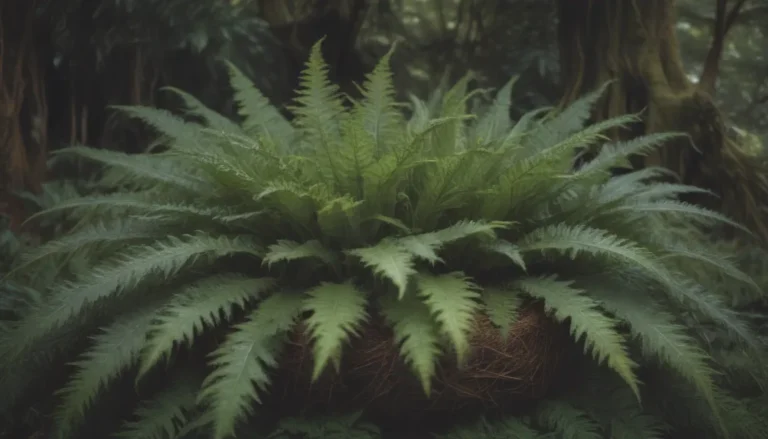Everything You Need to Know About Growing and Caring for Calendula

If you’re looking to add some vibrant color and cheery blooms to your garden, look no further than the beautiful calendula plant. Also known as pot marigold, this delightful flower is a favorite among gardeners for its easy care and prolific blooming habit. In this comprehensive guide, we’ll dive into all the essential tips and tricks for growing and caring for calendula, from planting to harvesting and everything in between.
Introduction to Calendula
Calendula, scientifically known as Calendula officinalis, is a short-lived perennial in warmer climates, but it is typically grown as an annual in cooler regions. It is important to note that calendula is distinct from the common marigold (Tagetes spp.) and belongs to the Asteraceae family, alongside daisies and chrysanthemums. With its daisy-like appearance and vibrant hues of yellow, orange, red, pink, and cream, calendula is a versatile and lovely addition to any garden.
The origins of the common name “pot marigold” can be traced back to the golden flowers that bloomed during the festivals of the Virgin Mary in Renaissance times (mary + gold = marigold). Throughout history, various cultures including the Ancient Greeks, Romans, Arabs, and Indians have utilized calendula for its medicinal properties and as a natural dye for fabrics, food, and cosmetics. Today, gardeners primarily grow calendula for its stunning flowers and bountiful blossoms.
Calendula Care Tips
Planting
Calendula is relatively easy to grow from seeds, which can be sown directly in garden beds or containers. For optimal results, start seeds indoors in early spring and transfer sturdy seedlings outdoors after the last frost. Calendula thrives in rich, well-drained soil and requires minimal watering and fertilization once established. To promote healthy growth, pinch back young plants and deadhead spent flowers regularly.
Light
Calendula prefers full sun but may benefit from some afternoon shade during the hottest months to prevent wilting.
Soil
Ensure that the soil is well-drained and rich in organic material to prevent root rot. Calendula thrives in slightly acidic to neutral soil with a pH range of 6.0 to 7.0.
Water
Water newly planted calendula seeds frequently until they are established, then switch to occasional watering for mature plants. Avoid overwatering, as calendula prefers drier conditions.
Temperature and Humidity
Calendula thrives in mild summer temperatures and may struggle in extreme heat. Protect plants from freezes with mulch or frost blankets.
Fertilizer
Calendula generally does not require additional feeding if planted in fertile soil. For marginal soils, use a balanced, water-soluble fertilizer sparingly to avoid leggy growth. Container plants may benefit from monthly feeding with diluted fertilizer.
Calendula Varieties
Calendula officinalis boasts a variety of cultivars with different colors and characteristics. Some popular varieties include Pink Surprise, Touch of Red, Greenheart Orange, Citrus Cocktail, Dwarf Gem, Prince, and Golden Princess. Experiment with different varieties to add a colorful touch to your garden.
Harvesting and Usage
Not only are calendula flowers beautiful to look at, but they are also edible and have various uses. Harvest flowers in the late morning when they are fully open and dry them for culinary purposes. Calendula petals can be used in salads, teas, and other recipes, or dried to create a vibrant yellow dye. Collect seeds from dried flower heads for replanting in the following season.
Common Pests and Diseases
Calendula is relatively pest and disease-resistant, but it may occasionally fall victim to powdery mildew, slugs, snails, aphids, and whiteflies. To address these issues, ensure good air circulation, keep the garden clean, and use natural remedies like insecticidal soap. Calendula is safe for pets and attracts beneficial insects like bees and butterflies, making it an excellent companion plant for vegetable gardens.
In conclusion, growing and caring for calendula is a rewarding experience that offers beautiful blooms, edible flowers, and natural dyes. By following the tips outlined in this guide, you can enjoy a thriving calendula garden that brightens up your outdoor space and brings joy to your gardening endeavors. Experiment with different varieties, harvest with care, and watch your calendula plants flourish with minimal maintenance. Happy gardening!
Remember, “Mary + gold = marigold”!





